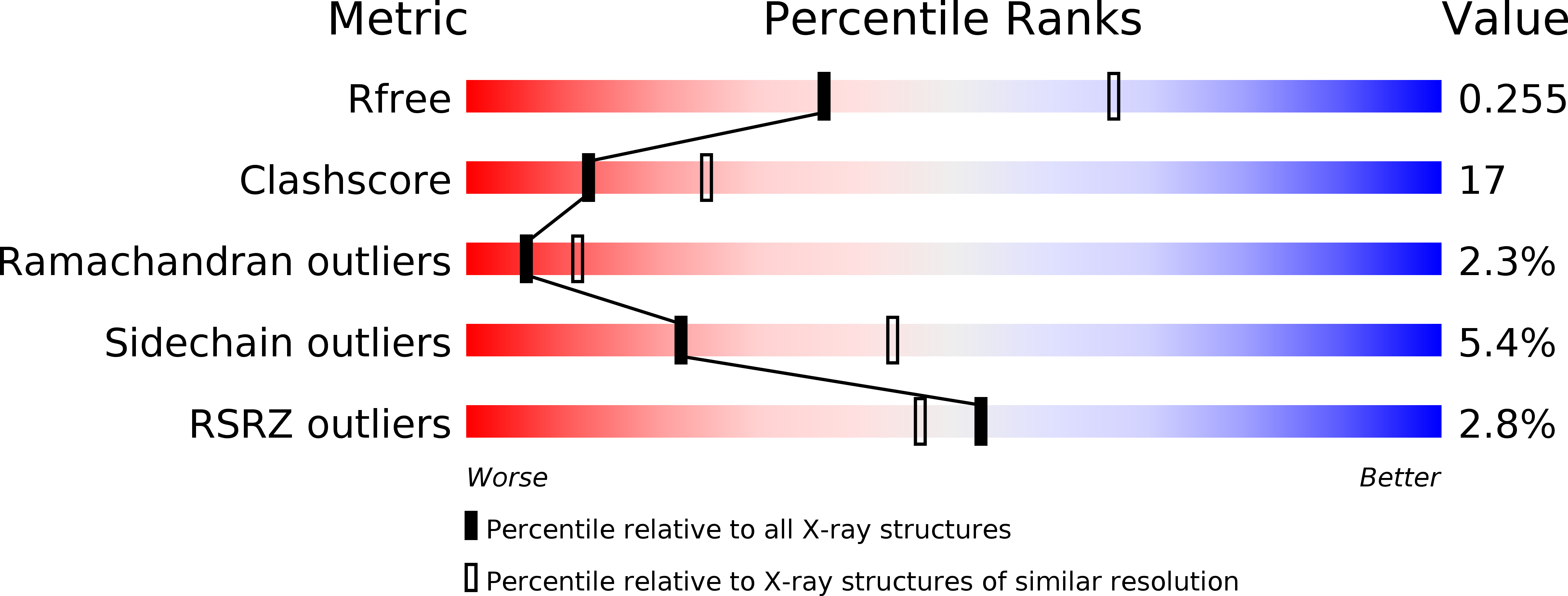
Deposition Date
2006-08-23
Release Date
2006-11-27
Last Version Date
2024-11-06
Entry Detail
Biological Source:
Source Organism:
MUS MUSCULUS (Taxon ID: 10090)
BRACHYDANIO RERIO (Taxon ID: 7955)
BRACHYDANIO RERIO (Taxon ID: 7955)
Host Organism:
Method Details:
Experimental Method:
Resolution:
2.60 Å
R-Value Free:
0.25
R-Value Work:
0.22
R-Value Observed:
0.22
Space Group:
C 1 2 1


